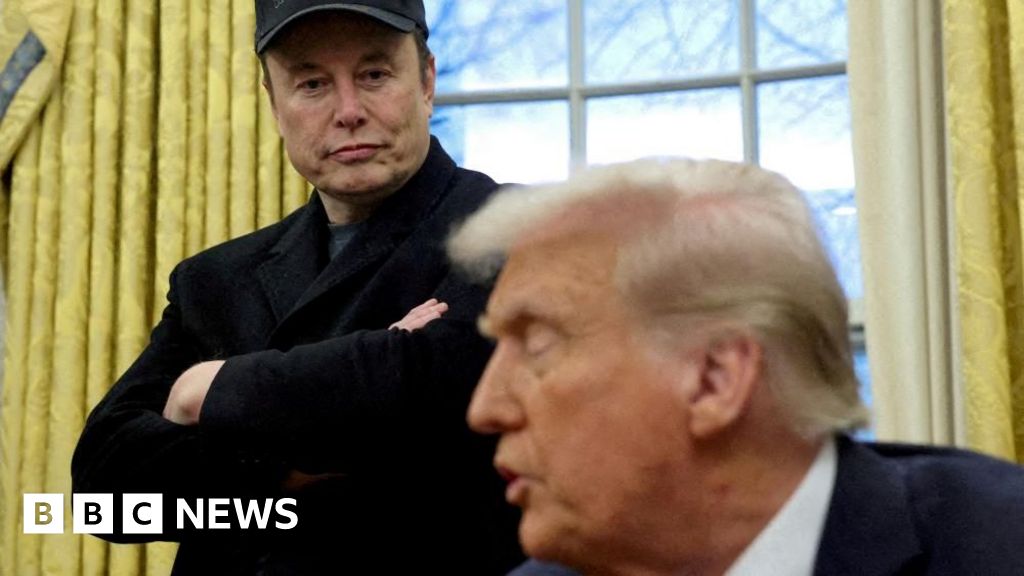Receive free Pound Sterling updates
We’ll send you a myFT Daily Digest email rounding up the latest Pound Sterling news every morning.
Sterling fell to a six-month low against the dollar on Tuesday, putting it on track for its worst month since last year’s “mini” Budget, amid fears high interest rates will tip the UK into recession.
The pound has slipped 3.4 per cent against the dollar to $1.2176 so far this month and by 7.2 per cent since mid-July as concerns increase that interest rates, now at a 15-year high to tame inflation, will choke economic growth.
A recession would diminish the likelihood of further rate increases, since the economy would already be contracting.
“Sterling’s had a bad month because the UK’s had the biggest drop in peak rate expectations compared with other major economies,” said Kit Juckes, a macro strategist at Société Générale. “Rate support for the currency has vanished.”
The Bank of England surprised the markets last week by keeping rates on hold after 14 consecutive rises.
Markets are now pricing in a 50 per cent probability that there will be no further increases from the current benchmark rate of 5.25 per cent, according to data compiled by LSEG and based on interest rate derivatives prices.
That marks a rapid shift in thinking for traders, who in mid-July had been pricing in UK rates rising to around 6.4 per cent by the end of the year.
During the first half of the year the UK economy and inflation proved more resilient than expected, with investors expecting interest rates to remain higher for longer than global peers.
But the UK is now closer in line with market expectations for the path of US interest rates.
“For most of this year the market was thinking the UK had avoided recession and that rates there would be going up a lot more, providing an incentive to buy the pound,” said Jane Foley, head of FX strategy at Rabobank. “That’s no longer the case.”
The BoE’s knife-edge decision last week not to raise rates followed lower than expected inflation figures for August and several data releases indicating a rapidly slowing economy.
UK economic activity as measured by the purchasing managers’ index fell this month at the quickest pace since January 2021, while gross domestic product dropped 0.5 per cent between June and July.
September’s decline in sterling marks a sharp reversal from the first half of 2023, when it was the best-performing G10 currency as it climbed from the record low it touched against the dollar in the wake of then-prime minister Liz Truss’s botched “mini” Budget.
Economists are now forecasting more weakness for sterling. Last week HSBC and Nomura both predicted that the pound could fall to $1.18 before the end of the year.
Michael Cahill, a currencies strategist at Goldman Sachs, also lowered his forecasts for the pound against the dollar. He predicts it could drop to $1.18 over the next three months, compared with a previous estimate of $1.24.
“If the incoming activity data reflect a more negative domestic growth picture than we expect, the currency would come under even more pressure,” he said.
Currency traders are turning to the US dollar as a haven as fears over slowing global growth hang over markets. The dollar index, a basket of six currencies against the greenback, on Monday hit its highest level since November.
Although a strengthening dollar weighed on the pound through August and into the first half of September, “last week it became more about sterling weakness”, said Lee Hardman, currency analyst at MUFG Bank.
Analysts expect the pound to perform worse than other currencies. The euro has strengthened 1.3 per cent against the pound this month to £0.86, and Goldman’s Cahill has forecast it will rise to £0.91 over the next three months.
Rabobank’s Foley said sterling’s decline against the euro was “more worrying” than the currency’s fall against the dollar.
“Growth is slowing in Germany and the eurozone just as it is in the UK, so I don’t see any justification for sterling to trade any weaker than it already is against the euro.”
Hedge funds and other currency speculators placed bullish pets on sterling earlier in the year when markets were expecting further aggressive BoE rate rises. They have recently reduced those positions slightly, according to the latest data from the Commodity Futures Trading Commission, which predates the recent BoE meeting.
It is likely that speculators further cut their bullish positions after the central bank kept rates on hold last week, pulling the currency down sharply, according to Jordan Rochester, a currency strategist at Nomura.
“Net positioning was long as of Tuesday last week [but] we would have seen a big switch in that since the BoE meeting,” he said.
Credit: Source link










